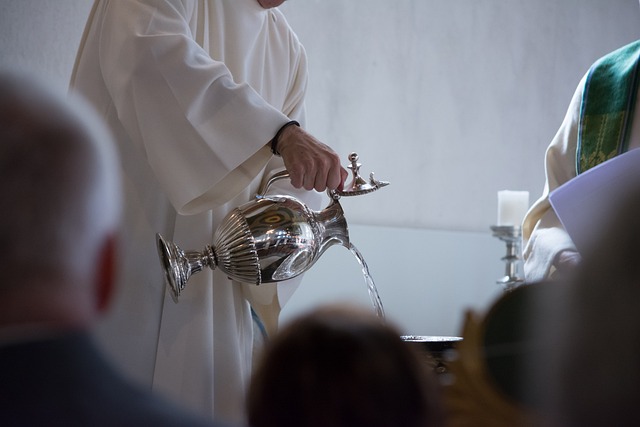Sacred Sounds: Exploring the Power of Hearing in Religious Rituals
In a world bustling with noise, the profound importance of hearing often goes overlooked. Yet, within the realm of religious rituals, sound transforms into something sacred, bridging earthly existence with the divine. Each chant, prayer, and musical note resonates with deeper significance, guiding believers into a shared spiritual experience.
From the soft whisper of a prayer to the thunderous toll of bells, the auditory elements of rituals invoke an array of emotions, allowing congregants to connect intimately with their faith. The hearing of sacred texts recited aloud can transform scripture into a living entity, creating an atmosphere steeped in reverence and spirituality. Imagine standing within a majestic cathedral, surrounded by the harmonious echoes of a choir, each note enveloping you in a blanket of tranquility. This immersive experience illustrates how the sound of faith transcends mere words, transforming thoughts into feelings.
The role of sound in religious practices varies widely across cultures and beliefs. In Buddhism, for instance, the sound of the gong calls practitioners to mindfulness, marking the transition into a meditative state. The rhythmic chanting of mantras serves to align the spirit, facilitating a deeper understanding of one’s path. Similarly, in Christianity, hymns sung in unison not only uplift individual souls but also create a community bond, resonating together in shared beliefs.
In Indigenous cultures, stories passed through sound carry significant weight; oral traditions ensure that history, culture, and spirituality are alive in every generation. The hearing of elders reciting these stories is invaluable, as the sound itself becomes a thread that weaves the fabric of identity and continuity.
Additionally, the use of instruments within various religious contexts cannot be understated. The heartbeat of a drum can call to the ancestors in African traditional ceremonies, while the serene sound of a sitar carries devotees into a meditative state in Hindu rituals. Each instrument not only adds texture to the worship experience but also invokes innate emotions that tap into the very essence of spirituality.
Modernity has its own challenges, often drowning out these sacred sounds with the cacophony of daily life. However, many individuals are seeking ways to reclaim these auditory experiences. Attending religious services both online and offline has remapped how they experience hearing sacred sounds. Live streams of choirs and worship services still carry the vibrancy of community spirit, where believers can gather, albeit virtually, to share in the uplifting power of sound.
Finally, let us not overlook the intimate moments of personal prayer or meditation, where silence plays just as vital a role as sound. The stillness invites a different kind of hearing, one that listens to the soul’s whispers and the still small voice of the divine. Ultimately, whether enveloped in the sacred vibrations of communal worship or finding quietude in personal reflection, the profound connection we forge through hearing remains an essential part of the spiritual journey.



